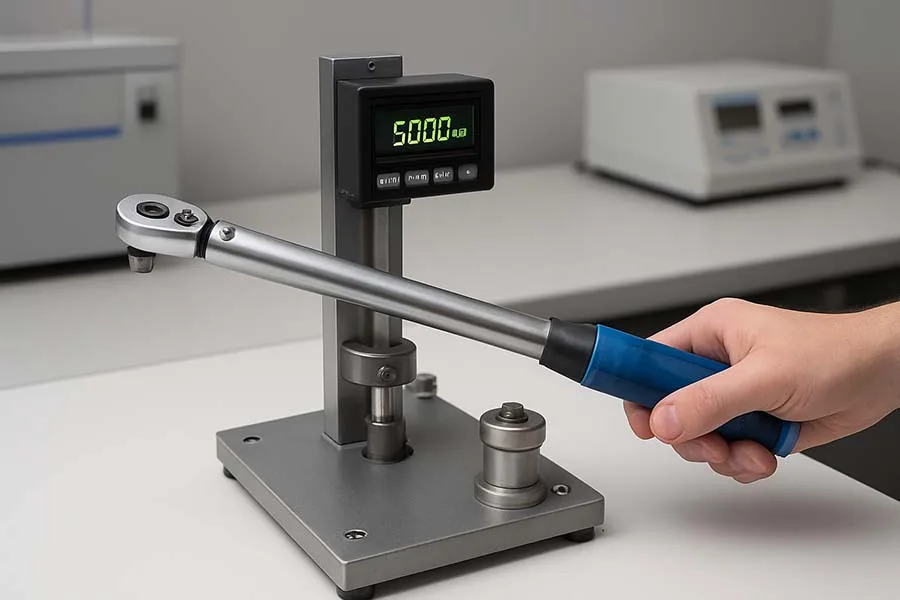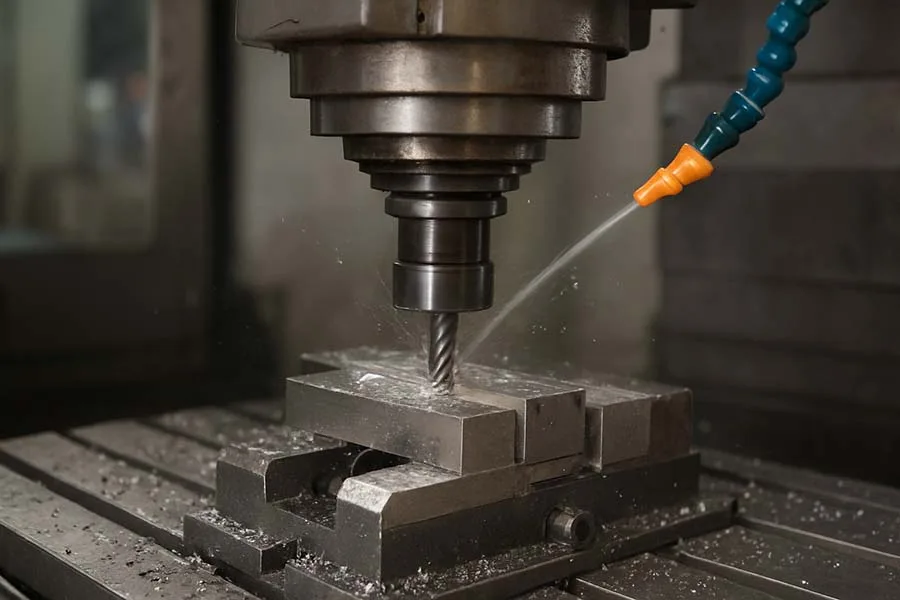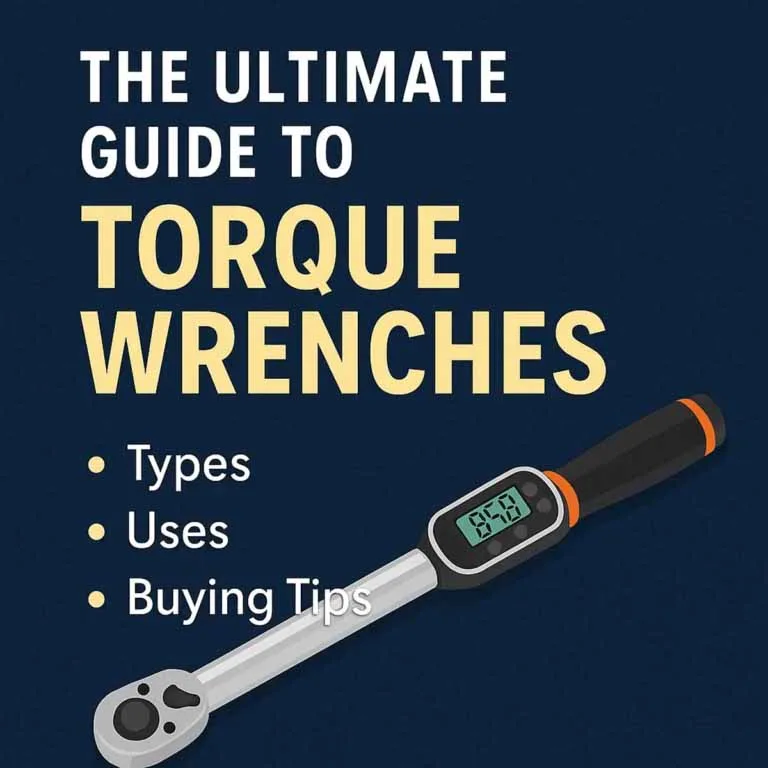Introduction: Why Torque Accuracy Is More Than a Number
If you’ve ever tightened a bolt and wondered whether your torque wrench was “accurate enough,” you’re not alone. Many professionals and DIY enthusiasts misunderstand what torque wrench accuracy actually means.
In practice, the tolerance of a torque wrench isn’t just a technical specification—it directly impacts the safety, durability, and performance of machinery, vehicles, and industrial assemblies. In this article, we’ll break down tolerance in a way that’s practical, relatable, and ready to use on your next project.
What Is Torque Wrench Accuracy?
Torque wrench accuracy refers to how close the wrench applies torque to the specified value. Every torque wrench comes with a tolerance, usually expressed as a percentage, like ±3% or ±4%.
For example:
- If your wrench has a 50 Nm setting and ±3% tolerance, it could apply anywhere from 48.5 Nm to 51.5 Nm and still be considered “accurate.”
Funny fact: Some mechanics test torque wrenches by tightening a bolt and seeing if it spins off—though not scientific, it’s a classic hands-on check!
Why Tolerance Matters in Real Life
Tolerance affects the reliability of your assembly:
- Over-torquing can strip threads, damage components, or warp materials.
- Under-torquing can cause fasteners to loosen over time, leading to failure.
- Precision is critical in engine assembly, structural work, and aerospace applications, where even a few percent deviation can have serious consequences.
Lesser-known fact: Automotive torque wrenches often have tighter tolerances than industrial wrenches because engine performance relies on very precise bolt tension.
Understanding Tolerance Categories
Torque wrenches are often classified by accuracy standards:
| Type | Typical Tolerance | Common Use |
|---|---|---|
| Click / Beam | ±3–4% | General automotive, DIY |
| Digital / Electronic | ±1–2% | Precision applications, motorsports |
| Dial / Torque Gauge | ±1% | Laboratory or calibration purposes |
Transition: Now that we know the categories, how does this actually affect your daily work?
Tolerance in Practice: Examples
Example 1: Car Engine Bolts
- Required torque: 60 Nm
- Wrench tolerance: ±4%
- Possible applied torque: 57.6 Nm – 62.4 Nm
This range may seem small, but even a few Newton-meters can change clamp load, potentially affecting gasket sealing or engine performance.
Example 2: Industrial Assembly
- Required torque: 200 Nm
- Wrench tolerance: ±3%
- Possible applied torque: 194 Nm – 206 Nm
For structural bolts, this variation is critical. Engineers often apply a safety factor or use torque-angle methods to ensure proper load without over-stressing bolts.
How to Minimize Accuracy Issues
- Regular Calibration
- Calibration ensures your wrench stays within the specified tolerance. Most manufacturers recommend annual calibration or after 5,000 uses.
- Proper Handling and Storage
- Avoid dropping the wrench or exposing it to extreme temperatures.
- Store in its case or hang in a controlled environment.
- Follow Torque Application Techniques
- Apply torque smoothly, don’t jerk.
- Use the correct wrench type for the fastener size.
Bonus tip: Some digital wrenches allow you to set alerts when torque approaches limits, helping you stay within tolerance in real time.
Common Misconceptions About Accuracy
- “All wrenches are the same once calibrated” – False. Mechanical tolerances, wear, and user technique all affect real-world torque.
- “Click wrenches are unreliable” – False. Click wrenches are very reliable if used and maintained correctly. Digital wrenches offer tighter tolerance but are not always necessary for everyday tasks.
- “Tolerance is only a minor issue” – False. Even a few percent variation can cause problems in critical applications.
Final Thoughts: Making Accuracy Work for You
Torque wrench tolerance is more than a number on a specification sheet. Understanding it helps you:
- Avoid under- or over-tightening
- Improve safety and reliability
- Choose the right wrench for the right job
Remember: a wrench within ±3% is accurate in most practical applications, but for critical assemblies, digital or calibrated wrenches may be worth the investment.
Pro tip: Always check your torque wrench periodically and consider professional calibration for high-stakes projects—it can save you money and frustration in the long run.
Want To Learn More About Torque Wrenches?
Find out more information on torque wrenches in the following articles:
- The Ultimate Guide to Torque Wrenches
- How to Use a Torque Wrench in the Automotive Industry
- Automotive Torque Wrench Buying Guide 2025
- Digital vs. Mechanical Torque Wrenches: Which Is Better?
- Best Digital Torque Wrench in 2025
- How to Calibrate a Torque Wrench: Step-by-Step Guide
- Top Torque Wrench Manufacturers Reviewed (2025 Edition)
- How to Set Up a Torque Wrench Correctly (Step‑by‑Step)
- How to Read a Torque Wrench Correctly?
- Torque Wrench Maintenance: How to Extend Its Life
- 5 Common Mistakes When Using a Torque Wrench
- The Future of Torque Wrenches: Smart Tools & Automation 2025
- Aerospace Fasteners: Precision, Weight & Vibration Resistance
- Torque Wrench Safety: Prevent Overtightening & Bolt Failures
- Torque Wrench Accuracy Explained | Understanding Tolerance in Practice
- Digital Torque Wrench Calibration – Step-by-Step Guide 2025
- Snap-On Digital Torque Wrenches (2025) – Premium Review
- Proto Torque Wrenches: Complete Buying Guide & Pro Review (2025 Edition)
- How to Choose the Right Torque Wrench for Your Job
Call to Action
Do you pay attention to your torque wrench tolerance? Share your experiences or favorite torque techniques in the comments below! And if you found this guide helpful, don’t forget to share it with colleagues and friends.





